11/8/2021 Marsh Wren Musings
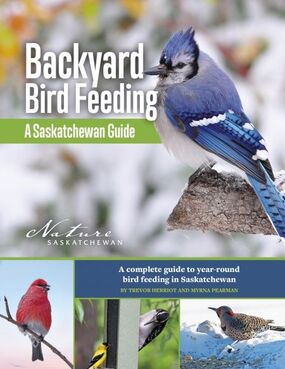 Backyard Bird Feeding: A Saskatchewan Guide: A Complete Guide to Year-round Bird Feeding in Saskatchewan Written by Trevor Herriot and Myrna Pearman Published by Nature Saskatchewan Review by Shelley A. Leedahl $19.95 ISBN 9-780921-104353 It’s apropos that a Blue Jay graces the cover of Backyard Bird Feeding: A Saskatchewan Guide: A Complete Guide to Year-round Bird Feeding in Saskatchewan. The Blue Jay is my home province’s provincial bird, and Blue Jay is also the name of Nature Saskatchewan’s quarterly publication. And did you know that these handsome birds also have such incredible memories, they hide seeds and nuts in trees or in the ground and return later to enjoy them? I can’t even remember where I left my glasses a minute ago. The seven chapters in this photograph-full softcover provide a compendium of information for those who, like bird-experts Trevor Herriot and Myrna Pearman, admire—and are inspired by—“the remarkable lives of wild birds,” and understand how it’s beneficial to birds and humans when we study, support and discuss them. “To feed birds in a mid-continental temperate place like Saskatchewan is to reach out a hand toward the untamed dramas outside our windows,” the co-authors write. This easy-to-read, school notebook-sized guide begins with a history of bird feeding, and asserts that while it’s an age-old activity, its popularity rocketed with the development of conservation groups, and Roger Tory Peterson’s 1934 field guide secured wide interest in our “wild-winged neighbours”. In post-WWII suburbia, both gardening and bird feeding greatly increased and nature centres sprung up. Bird feeding was forever changed in the 60s with the importation of nyger seed, and scientific research, the bird-feeding benefits of black oil seeds, and the use of seed feeders fed the passion for bird feeding in the 70s. Today, “8.4 million Canadian households (61.5 percent) buy wild bird feed”. And why not? Aside from being fun, educational, and aiding science (ie: bird counts), evidence indicates that watching birds at feeders even lowers blood pressure. While bird-feeding naysayers point to dependency, disease spreading, cat and predatory bird attacks, window strikes, and potential migration delays—among other issues—the writers assert that bird-feeding benefits highly outweigh potential harms, and healthy birds will always also find their own natural food sources. This info-packed guidebook teaches the diverse variety of what (seeds, fruit, corn, pet food, vermicelli … and expect recipes for suet!), how (see the many feeder designs), and where to feed and water our feathered friends. I learned so much, ie: “photoperiodism” means hours of daylight, birds have a third eyelid called a “nictitating membrane,” and it’s a myth that if you touch a baby bird its parents will abandon it. Did you know Eurasian Collared-Doves are in North America thanks to a mid-1970s pet shop burglary in the Bahamas? That birds have dialects? What a “keystone” species is, and that sapsuckers are among them? Birds have learned to live through Saskatchewan’s harsh winters via “a variety of physical, physiological, and behavioural strategies,” including shivering, going into “nightly hypothermia by dropping their body temperature,” and huddling. Backyard Bird Feeding: A Saskatchewan Guide is a brilliant resource for beginner and veteran bird-feeding aficionados. As such, it should fly off the shelves. THIS BOOK IS AVAILABLE AT YOUR LOCAL BOOKSTORE OR FROM WWW.SKBOOKS.COM https://reviews.skbooks.com/backyard-bird-feeding/?fbclid=IwAR0LgGRQpv5L3cmpV5sm562xBi89GKQIYSckcOUNWF_-p2LPfliGPOyfLx8 25/5/2021 Myrna's May Meanderings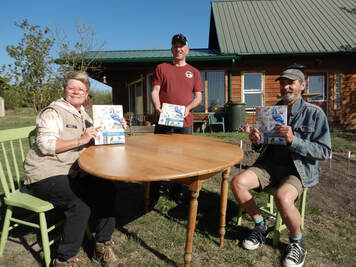 Our plans to go to BC this month to meet up with fellow bluebirders and photograph Western Bluebirds were thwarted by the border closure, so we decided to change direction and head east. Fortuitously, we were able to make it both a fun-work adventure, as we were able to meet up with Trevor Herriot, lead author of the newly released Backyard Bird Feeding: A Saskatchewan Guide at his cabin near Indian Head to shoot some outdoor video about bird feeding. Nature Saskatchewan (NS) has published this book, so we were happy to also be joined by NS’s Executive Director, Jordan Ignatiuk, for an outdoor meeting to discuss and confirm details about our book launch, to be held this evening by Zoom! We were also able to join Trevor and Jordan for a spring walk through some beautiful local natural areas. Bluebird legend, conservationist-extraordinaire and long-time friend, Lorne Scott, also lives near Indian Head, so we were delighted to be able to spend some time with Lorne, touring his farm and bluebird trail, getting updated on his many conservation projects, and being able to watch him hand (and mouth!) feed his resident Richardson’s Ground Squirrels. He has been feeding these “gophers” for so long that they come running when he calls them. It was remarkable to see how they trusted him and it was fascinating to watch the interactions between the various mother gophers and their newly emerged young. Our next stop was Yorkton, where we connected with fellow naturalists, Paula and Morley Maier. Many EBF supporters will remember Morley’s remarkable bird boxes—fashioned into exquisite works of art using salvaged wood from abandoned prairie homes— that were sold at two very successful EBF fund-raisers. An unexpected surprise at the Maier farm was a fox den. Not surprisingly, I spent many happy moments watching and photographing the four adorable and fearless kits. The Maiers had regaled us on our first visit many years ago with stories of the famous red-sided garter snake den at Ft. Livingstone (near the MB border) so we were delighted to finally visit it. The NWMP established their headquarters in the area in 1874 and it was the site of the first capital of the Northwest Territories. However, the entire fort was eventually dismantled and moved due to the sheer numbers of snakes that would emerge each spring and overrun the buildings. It was remarkable to witness the spectacle of this natural event: thousands of snakes pouring out of holes from a massive underground hibernaculum to mate in roiling ‘mating balls’ before slithering off in all directions to their summer territories. Miraculously, they return each fall, as they have done for millennia, to this ancestral hibernaculum. Awe-inspiring! We decided to then explore the Quill Lakes area northwest of Yorkton. These International Bird Areas boast Canada’s largest saline lake and support millions of migrating birds. We were able to stop at many wetlands to watch and photograph several species of shorebirds (including my first-ever opportunity to photograph Ruddy Turnstones!), but shortly after lunch, the weather had started to deteriorate and an ice storm was forecasted. We were just pondering our options when a horrible grinding sound forced us to pull over on a remote rural road. Long story short, the front left wheel bearings had fallen out. Two long and chilly hours later, a very kind tow truck driver appeared (we’d like to give a huge shout out to Neil’s Service from Elfros!). Thankfully, AMA covered the towing charge and Neil delivered us about an hour later to HB&B AGRO Sales in Foam Lake. The garage scheduled us in for the next morning, hoping that the repair would be a simple bearing replacement. If not, they warned, we’d be stuck there for four days due to the long weekend holiday. By morning, the fierce ice storm had taken out the power and everything (vehicles, buildings, trees, highway) was encased in ice. With their other bookings cancelled due to a lack of power, we hobbled into the garage and the mechanics, working by flashlight, determined that no further damage had been done. Within a couple of hours, using their SK farm-honed mechanical skills, we were running on smooth new bearings. Our sincere thanks to Cory and his team for getting us back up and running under such trying circumstances. With ice-covered branches crashing everywhere and the back roads in poor condition, we decided to continue north to check out Prince Albert National Park. Luckily, the access road to the Foam Lake Heritage Marsh was passable, so we were able to spend some time checking out the ice-covered landscape and watching flocks of shivering Yellow-headed Blackbirds sitting like Christmas ornaments on ice-laden bushes. The weather was a bit better as we headed north, but the wind still howled and we learned that the area north of the City of Prince Albert had just experienced the opposite extreme of natural catastrophes—a forest fire. Smoke could still be seen as we skirted our way around the north edge of the Nisbet Forest to the park. The cold weather had reduced the long-weekend crowds, so we enjoyed some quality hiking and wildlife watching, including brief sightings of an otter and a pine marten, and a delightful stop on the highway to let a black bear and her triplet cubs cross the road in front of us. On our return south, we paid a visit to renowned owl bander and naturalist, Harold Fisher. He was recovering from the trauma of the fire, which thankfully (due to favourable winds and quick action of local fire fighters) spared all homes in the area. Harold showed us the extent of the fire, which covered about 40 square miles, came dangerously close to his home, and resulted in the incineration of large tracts of forest. Sadly, several of his Northern Saw-whet owl boxes as well as a large Great Blue Heron rookery were lost in the blaze, and black bears displaced by the fire are now showing up in his yard. With the danger of the fire thankfully passed, Harold took us on a tour of some of the beautiful wetlands in his neighbourhood and along some of the back roads where he spends his winters banding Great Gray and Northern Hawk Owls. He also spoke optimistically about the future, as he well understands that fire is nature’s way of regenerating the forest ecosystem. After suffering from weeks of extreme drought, we said goodbye to Harold as he welcomed the arrival of the drenching rains. Although torrential downpours and blasting winds made our trek home a bumpy and slow drive, we left Saskatchewan relieved that the province was finally getting desperately needed moisture. We arrived home to the same conditions – a once-parched earth vibrant and alive with the blessing of generous spring rains. 12/5/2021 Duck Love!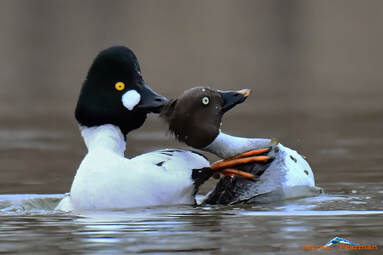 I have spent quite a bit of time in various bird blinds this spring, watching and photographing waterfowl. On three separate occasions, I had the good fortune to enjoy a ring-side seat as Common Goldeneyes underwent their mating ritual. It was so interesting to observe! The male would first undergo some ritualized displays in front of the female, including stretching his neck in the air, flipping water with his beak and doing some big leg stretches. When she lowered her head into the water to signal her permission, he would rise up in the water, circle to her back, and climb aboard. Her head would be dipped below the surface for a few seconds, then she would resurface and they would twirl around for about 15 seconds during coitus. The deed done, he would then dismount and swim off, usually shaking his head. She would swim away and take a vigorous bath. These images are quite heavily cropped, which shows the sequence but has resulted in them being a bit grainy. Enjoy! 20/4/2021 Crocus Art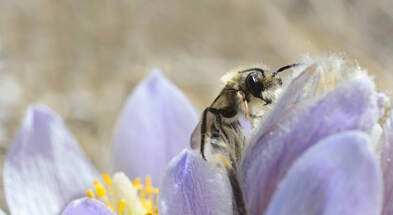 We have just returned from an interesting ramble east. There was plenty of wildlife (including thousands of Sandhill Cranes!) and we were happy to savour a beautiful afternoon with friends and crocuses in the Neutral Hills. The drought and early frosts were hard on the crocuses in that area this spring; only the most resilient have succeeded in thrusting themselves skyward through the tough prairie soil and dry brittle grass. Although pale, small and scarred by merciless weather, these hard-scrabble beauties pronounce—as they have for millennia—the end of winter. Using an old manual-focus macro lens, I enjoyed some quality time in the sunshine, on my belly, in the rarified company of these iconic spring gems. 24/2/2021 I am honoured to have one of my images grace the cover of the winter 2021 issue of Nature Alberta.I am honoured to have one of my images grace the cover of the winter 2021 issue of Nature Alberta. This image highlights an article about one of Alberta's iconic birds - the Eastern Kingbird. Here is a link to the Nature Alberta website (https://naturealberta.ca/) and a link to the magazine (https://naturealberta.ca/magazine/). Nature Alberta is an organization that is a voice and active champion for the appreciation and conservation of Alberta's natural environment. A life-time membership is only $10.00(!) and an annual subscription for the magazine (four issues per year) is only $30.00. I encourage everyone who cares about nature to join this great organization.
12/11/2020 Let a chickadee cheer you upLet a chickadee cheer you up this winter! Bird watching is a hobby that has taken off during COVID-19
Myrna quoted in this article. By Gary Poignant in Alberta Prime Times Enjoy this article here |
AuthorMyrna Pearman Archives
August 2022
|
All photos and published works on this website are copyright Myrna Pearman unless otherwise noted.
Re-posting these images or publishing is not permitted without Myrna's written consent.
Copyright Myrna Pearman Publishing 2024- Site design and maintenance by Carolyn Sandstrom
Re-posting these images or publishing is not permitted without Myrna's written consent.
Copyright Myrna Pearman Publishing 2024- Site design and maintenance by Carolyn Sandstrom



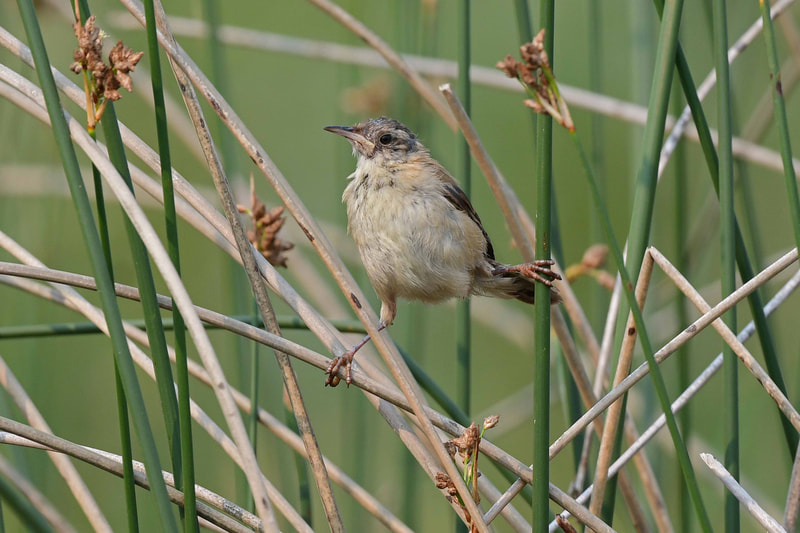
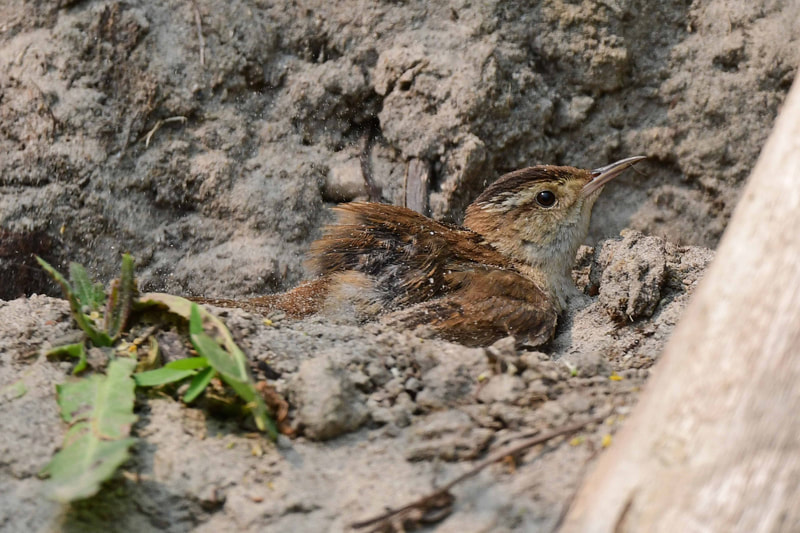
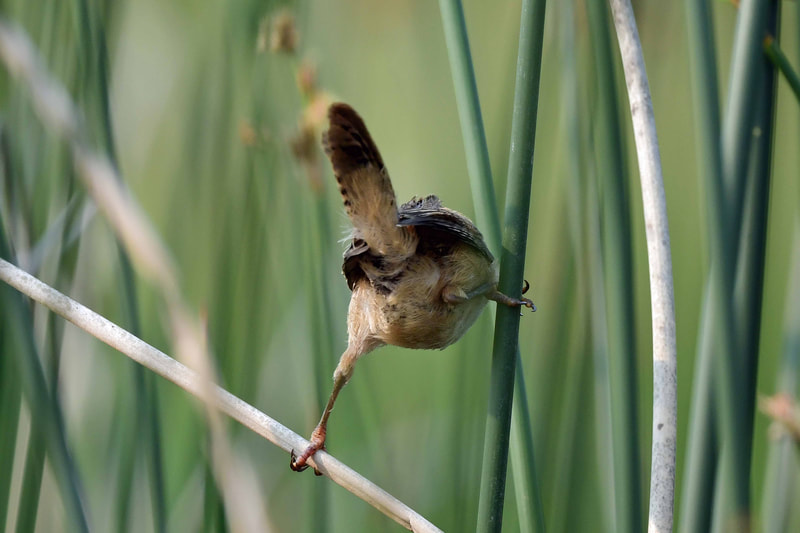
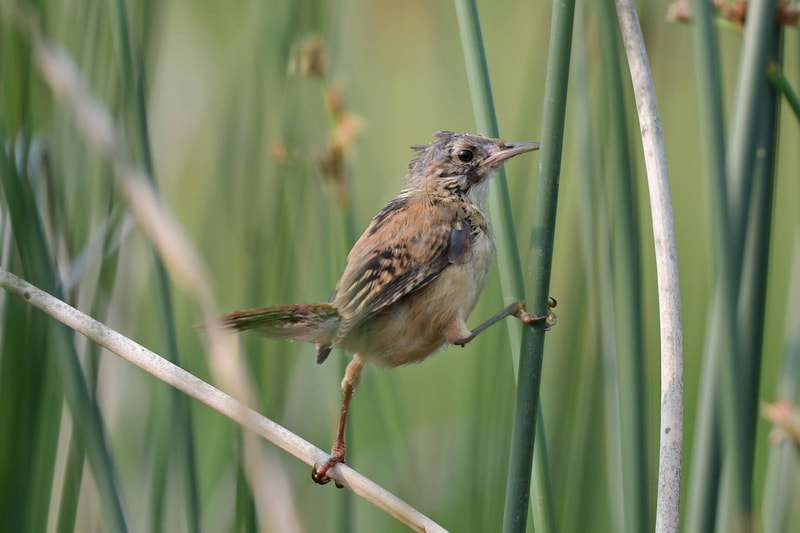
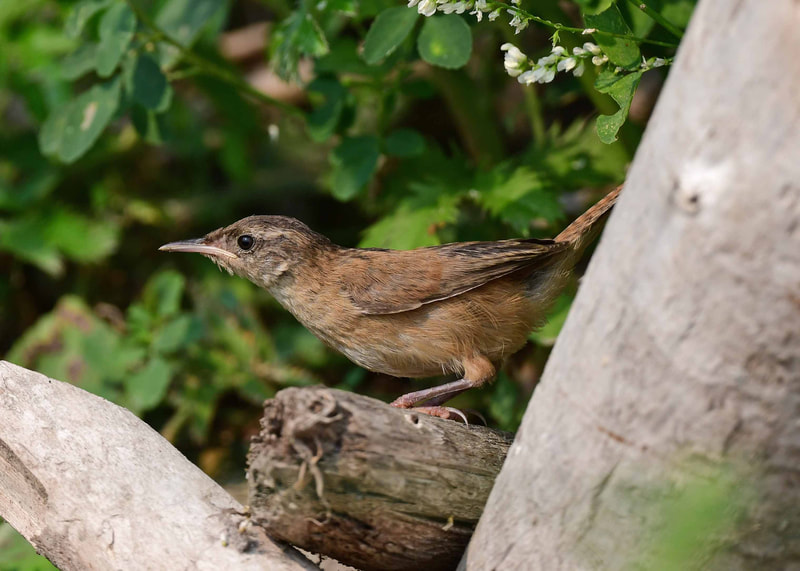
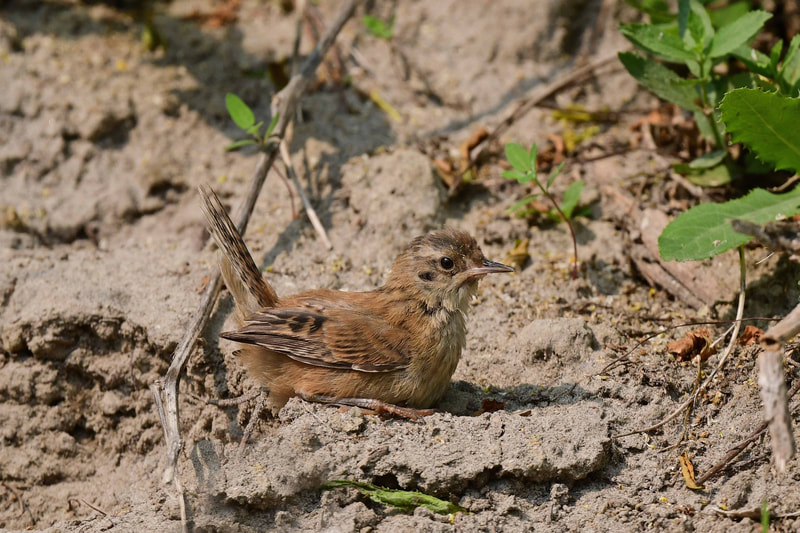

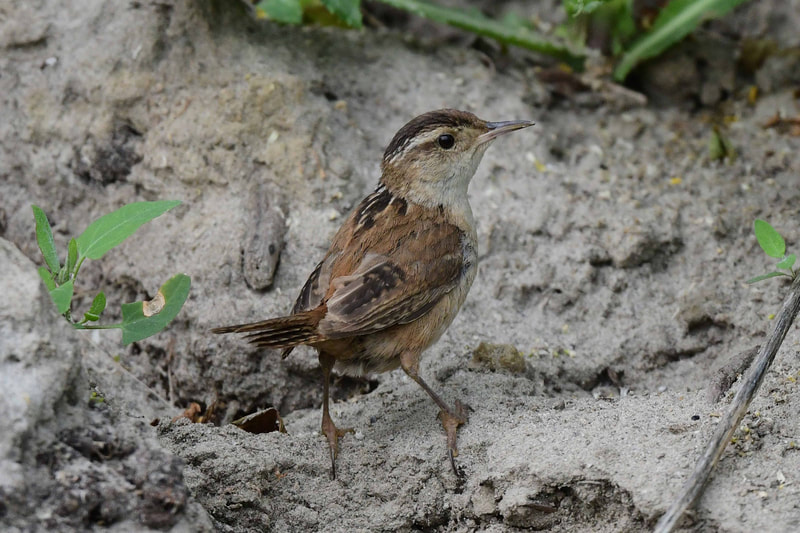
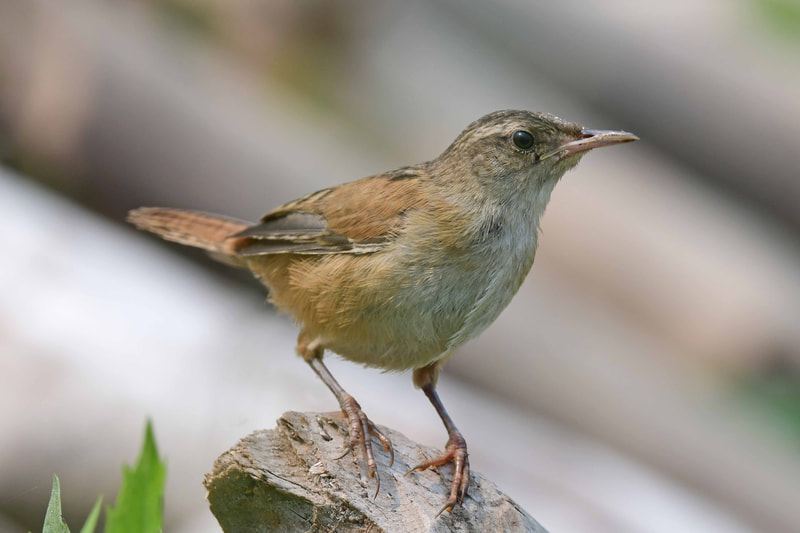
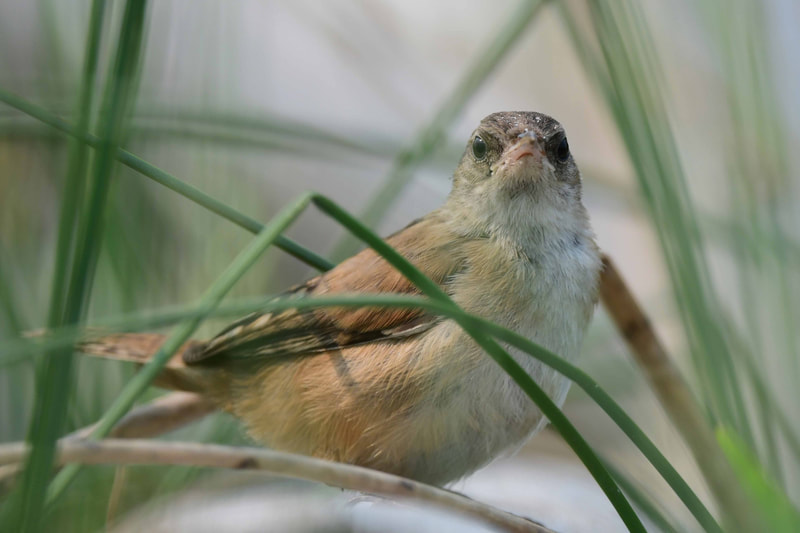
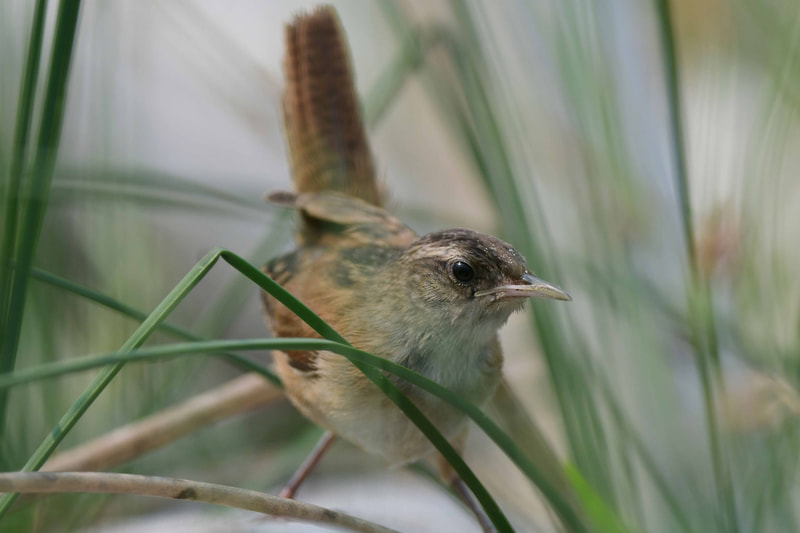

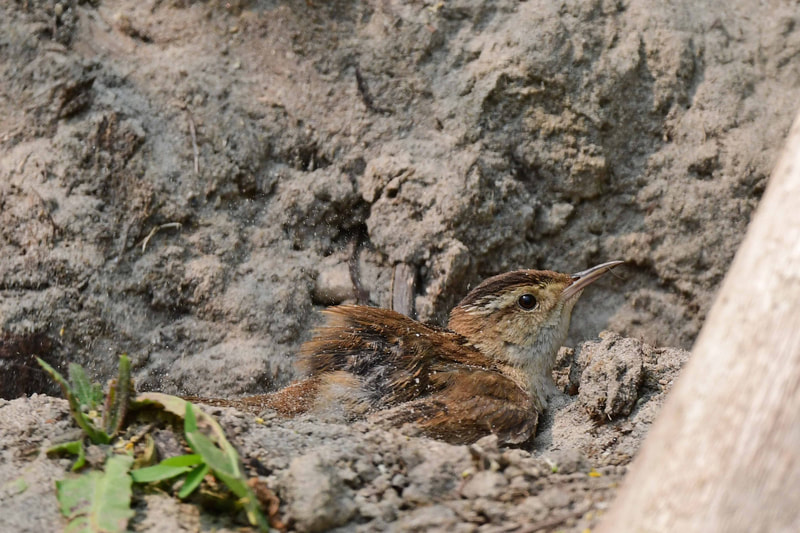
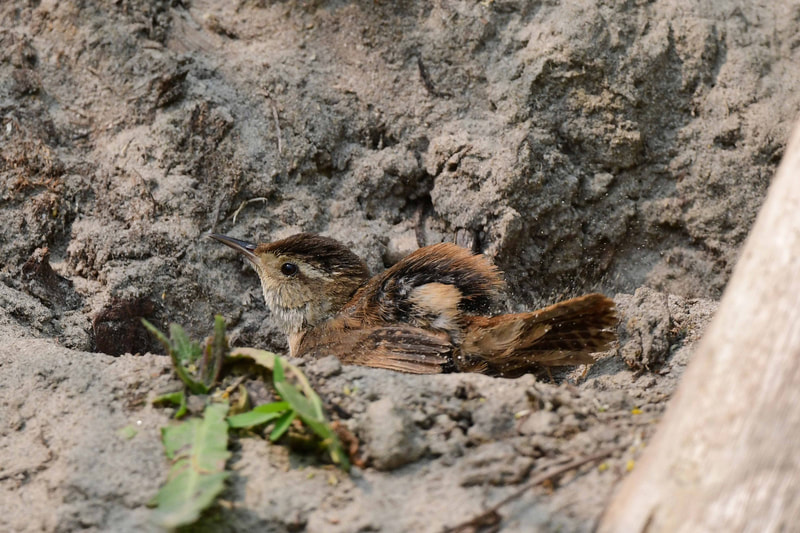
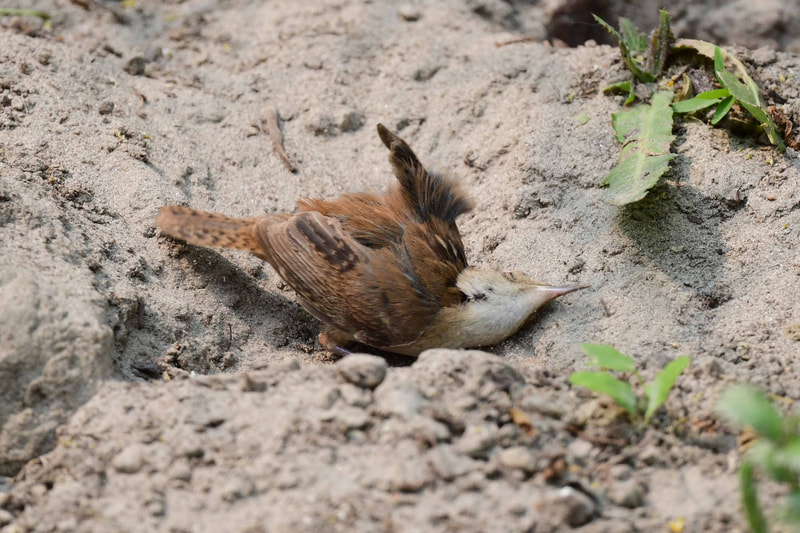
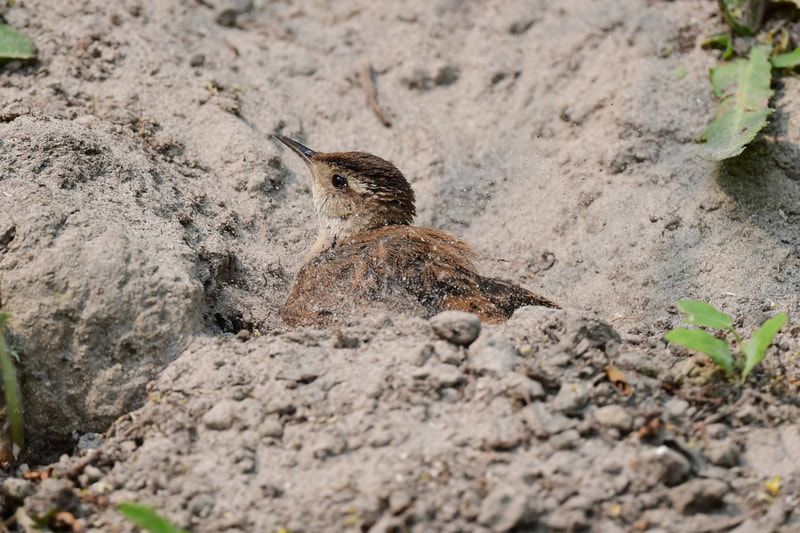
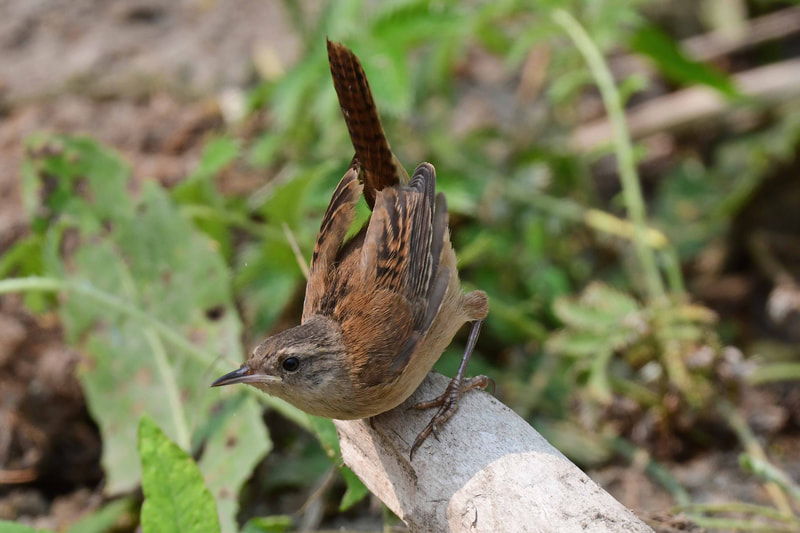
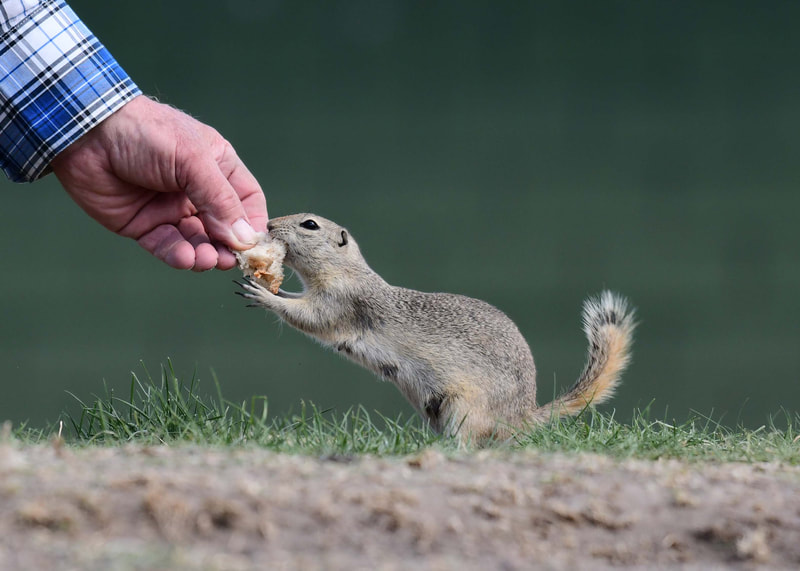
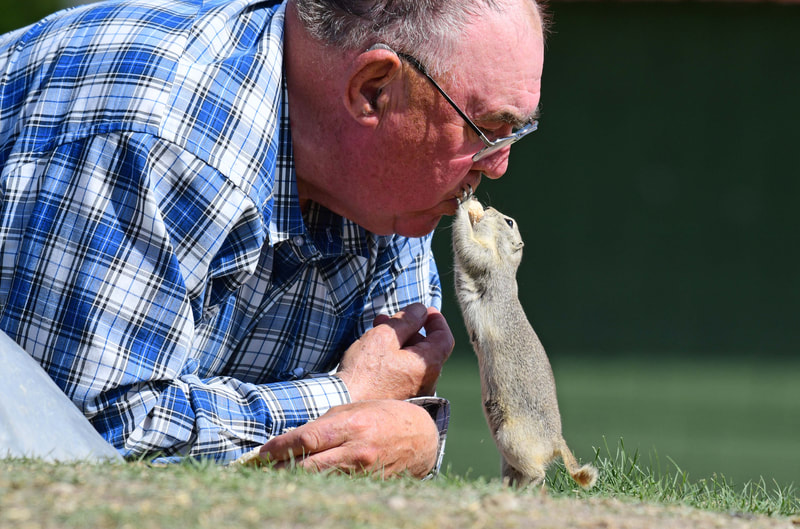

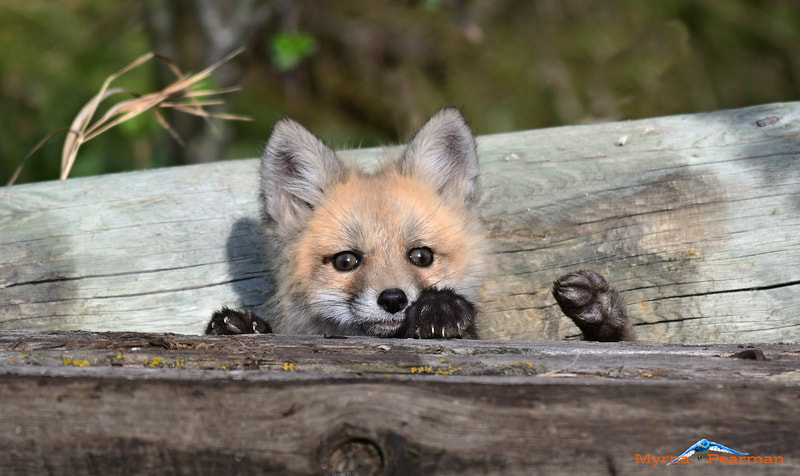
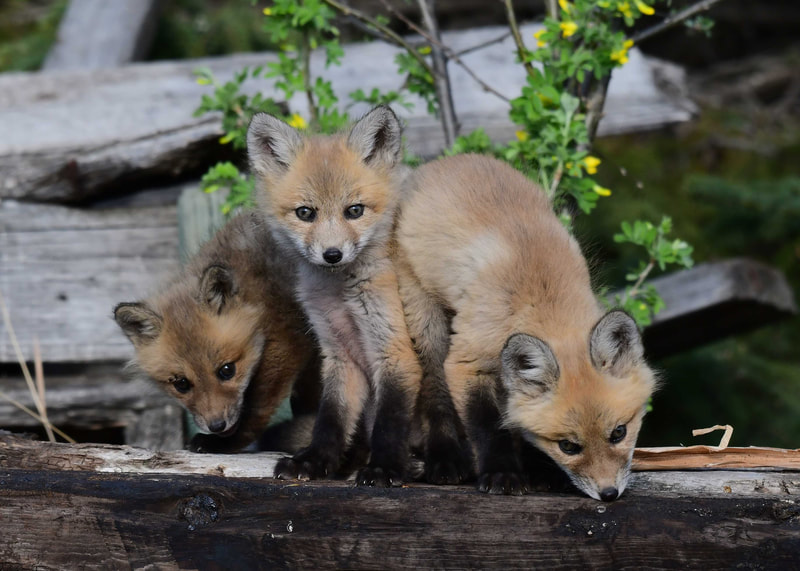
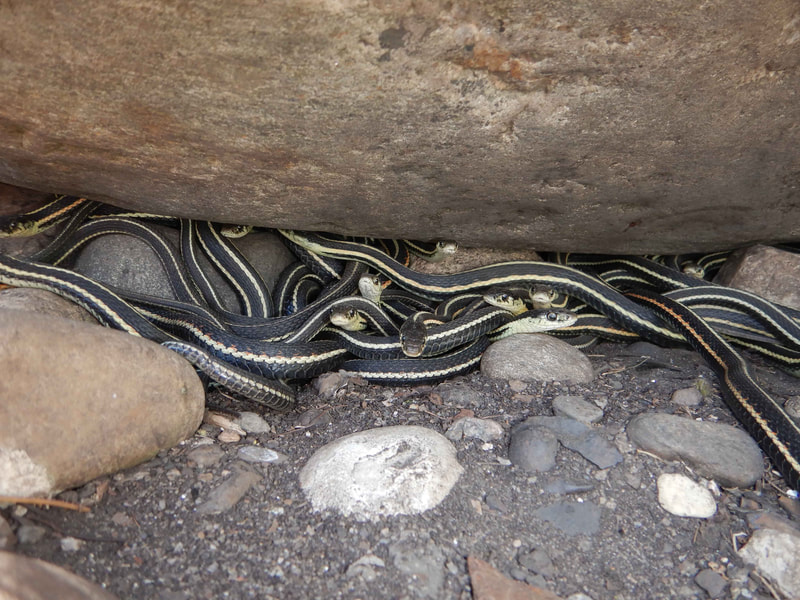

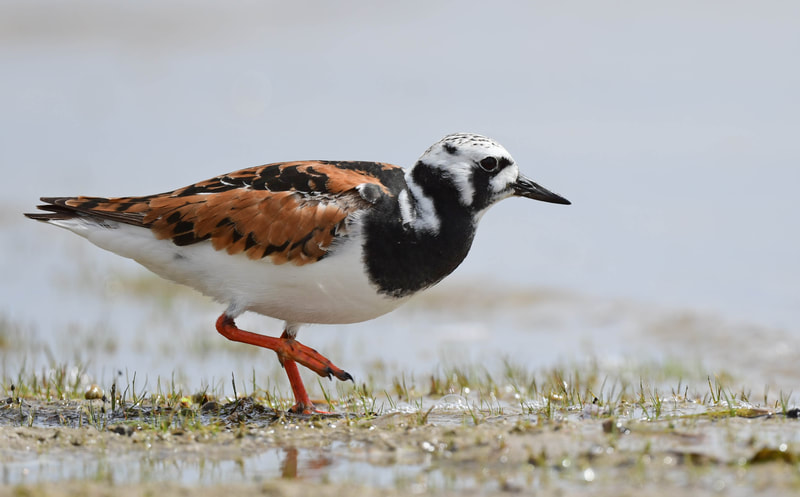
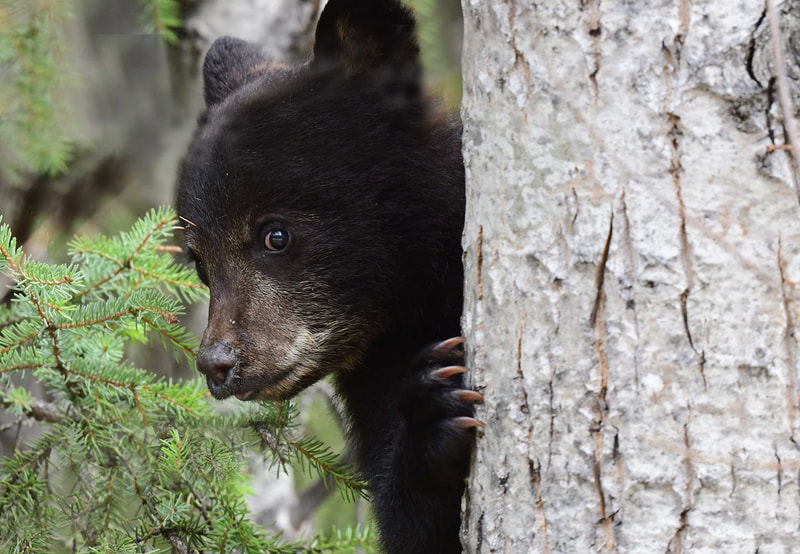
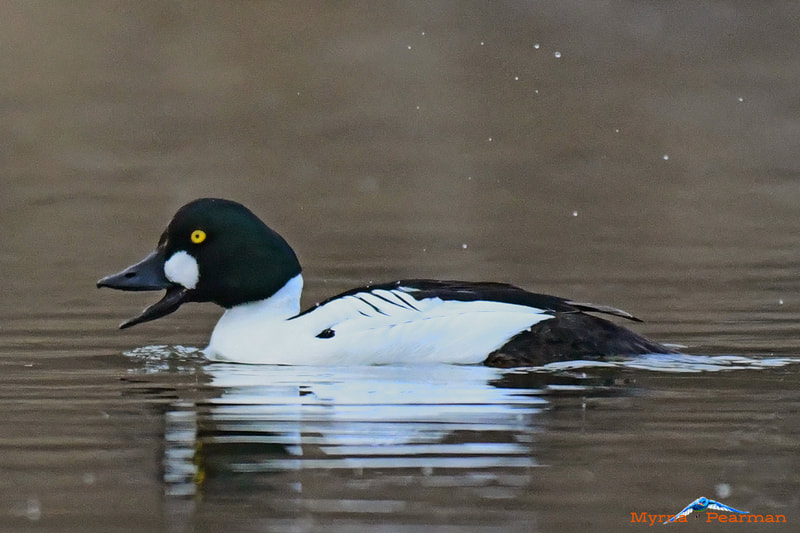
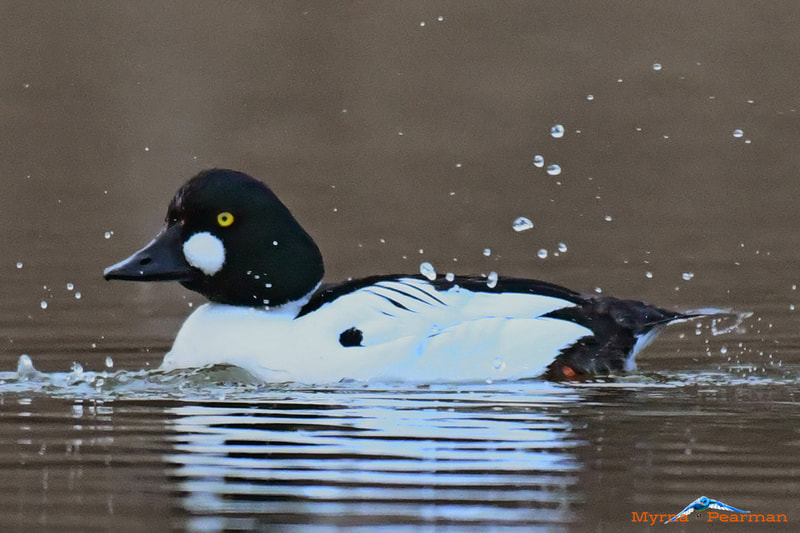
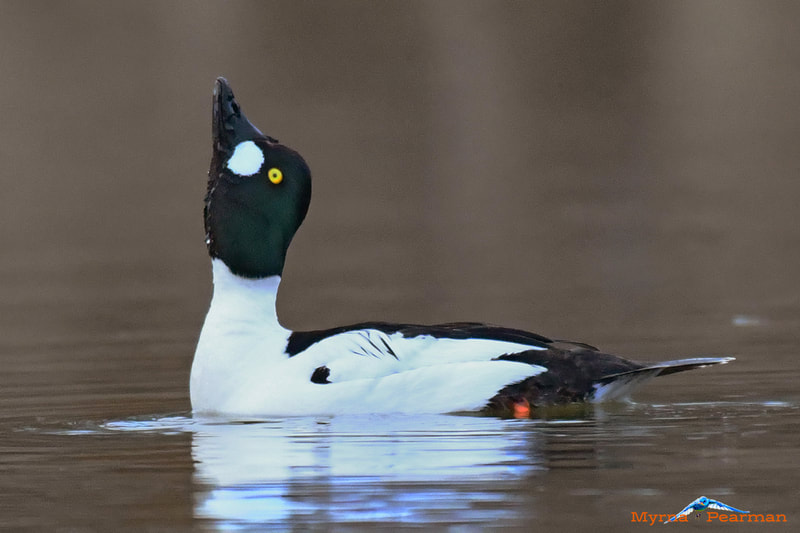

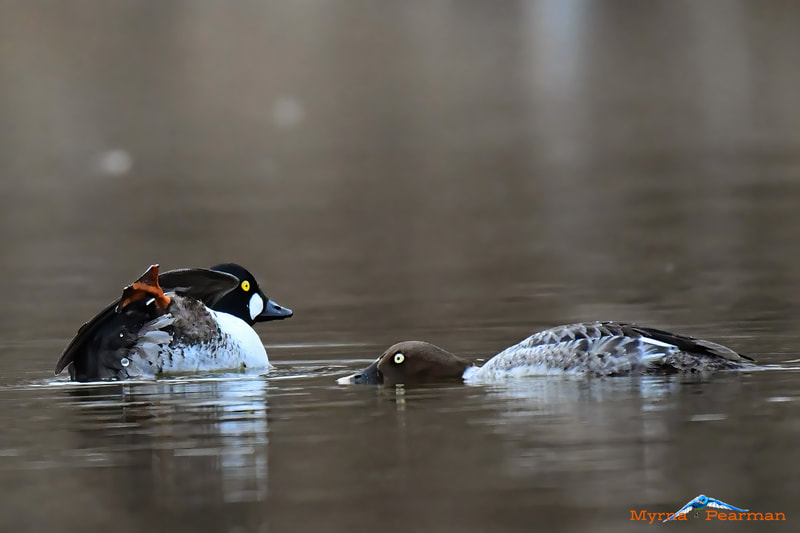
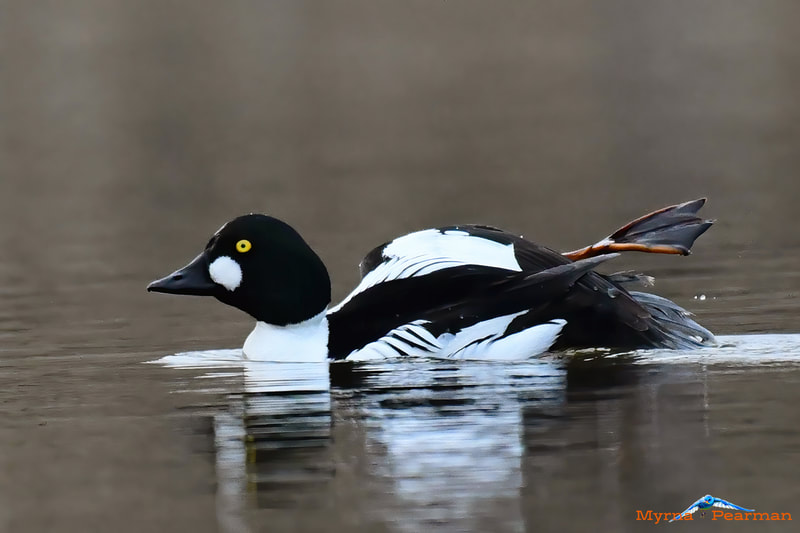
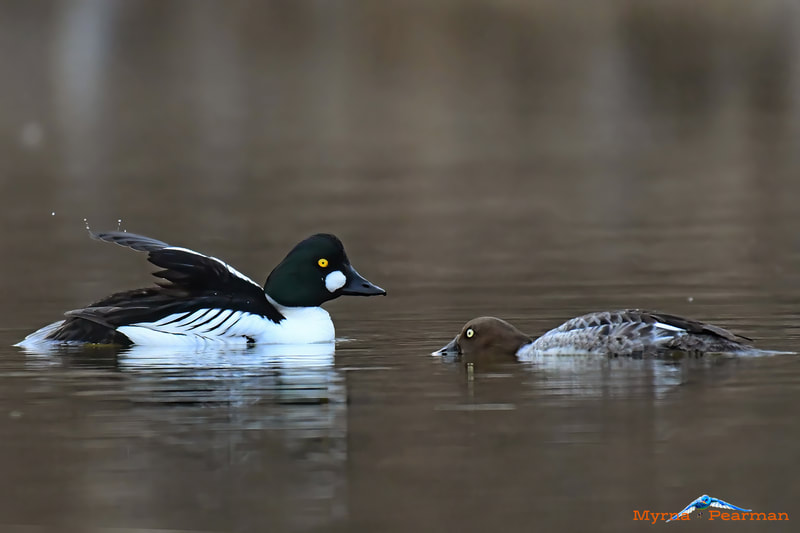
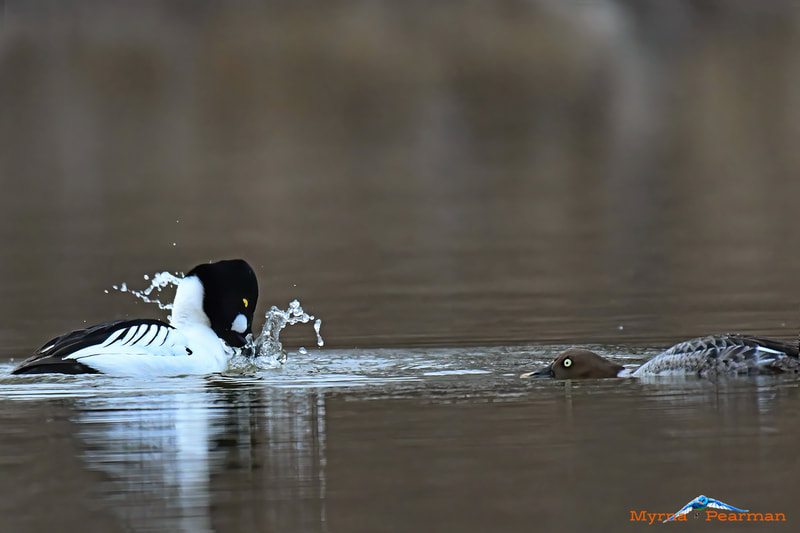
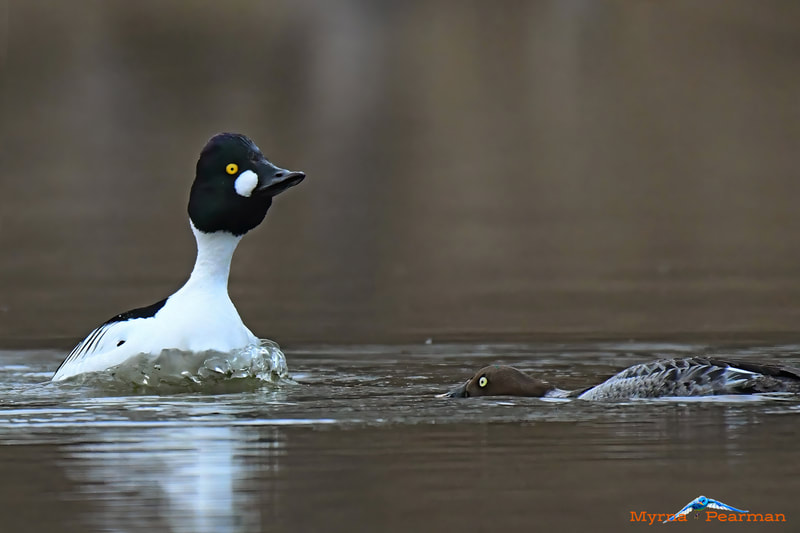
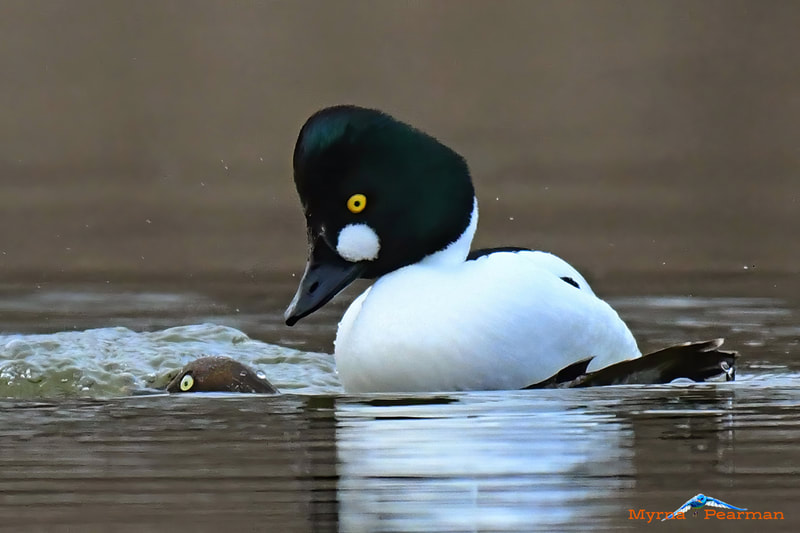
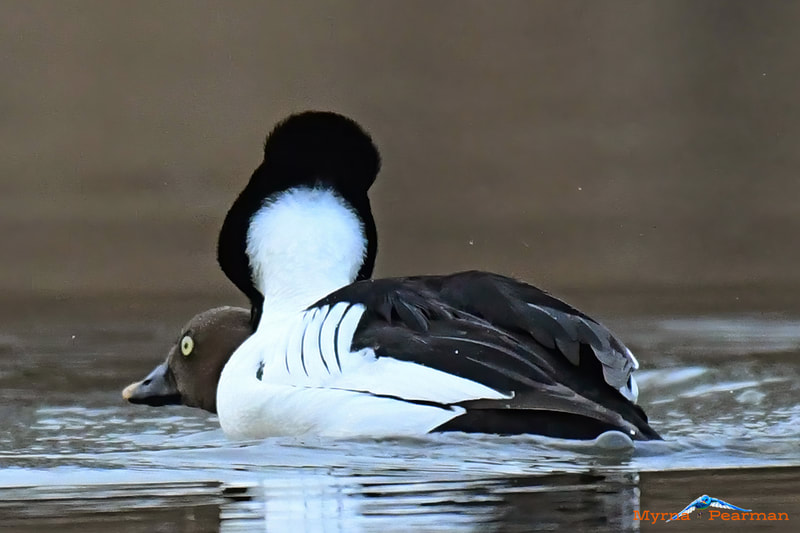
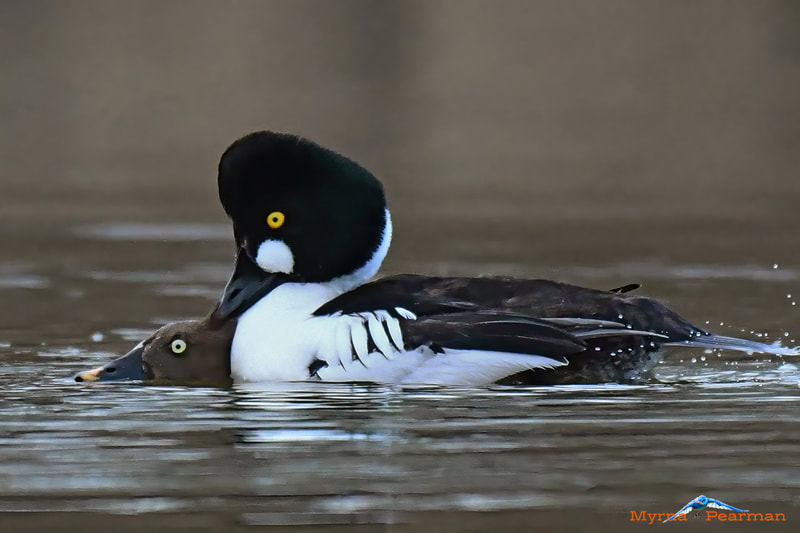
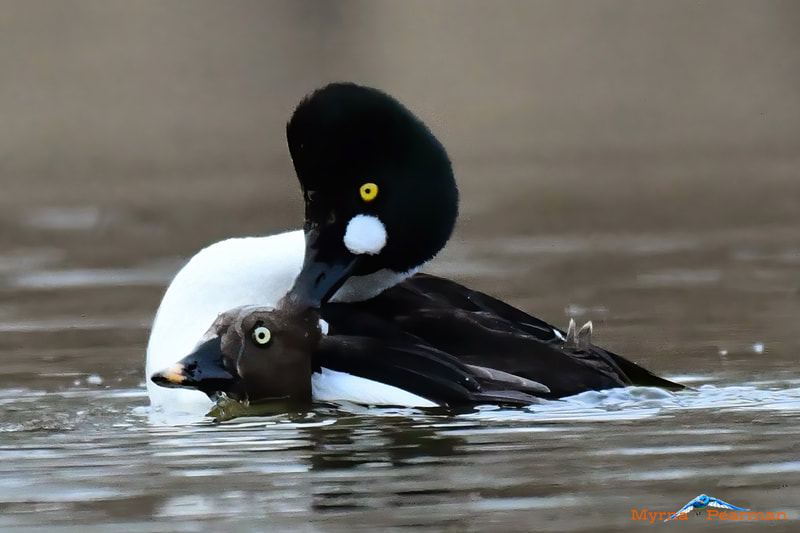
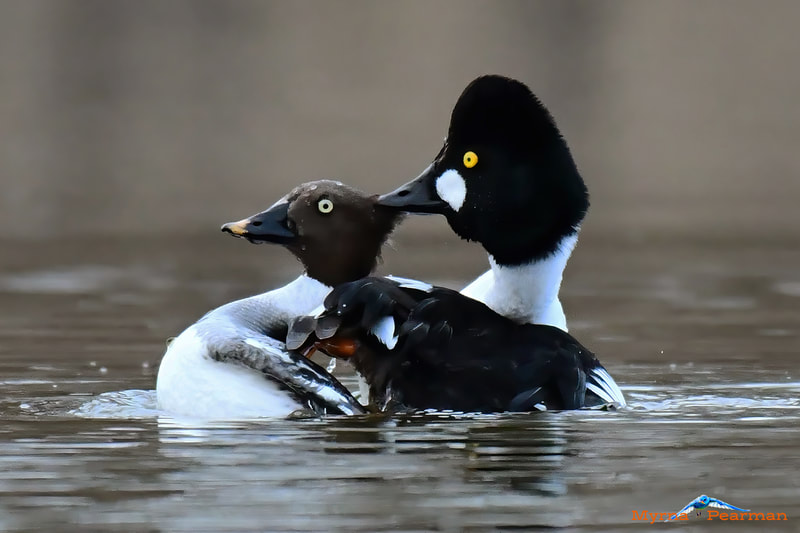
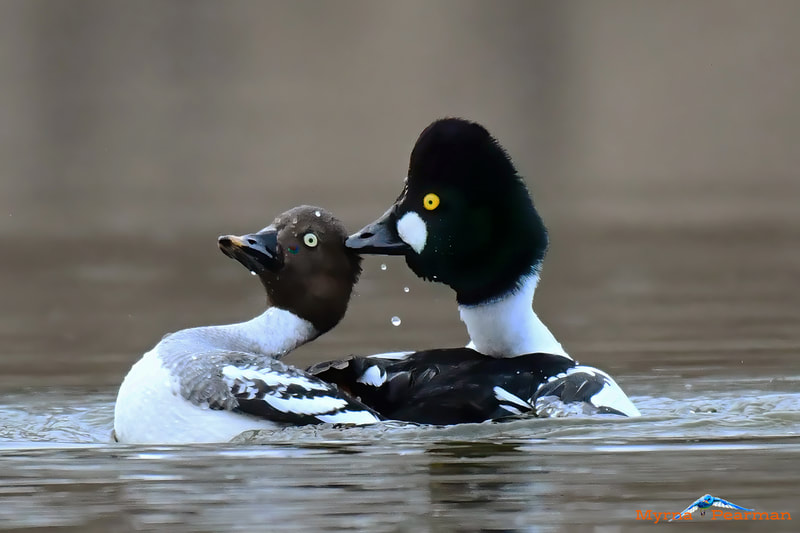



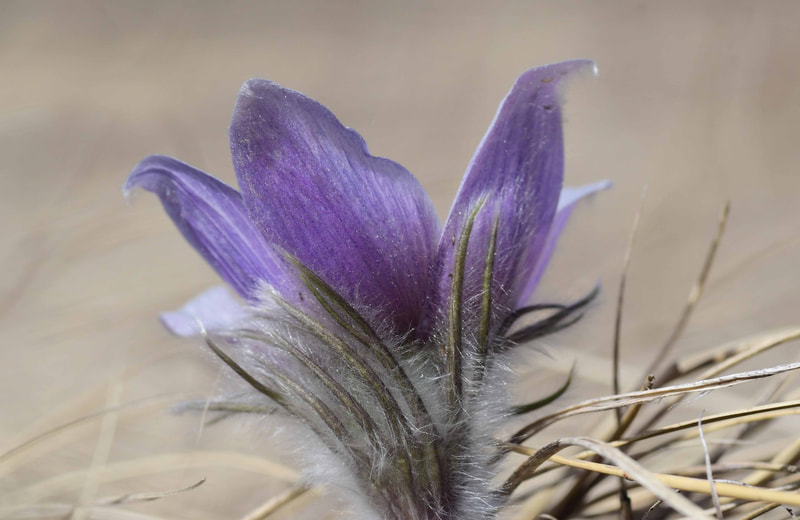
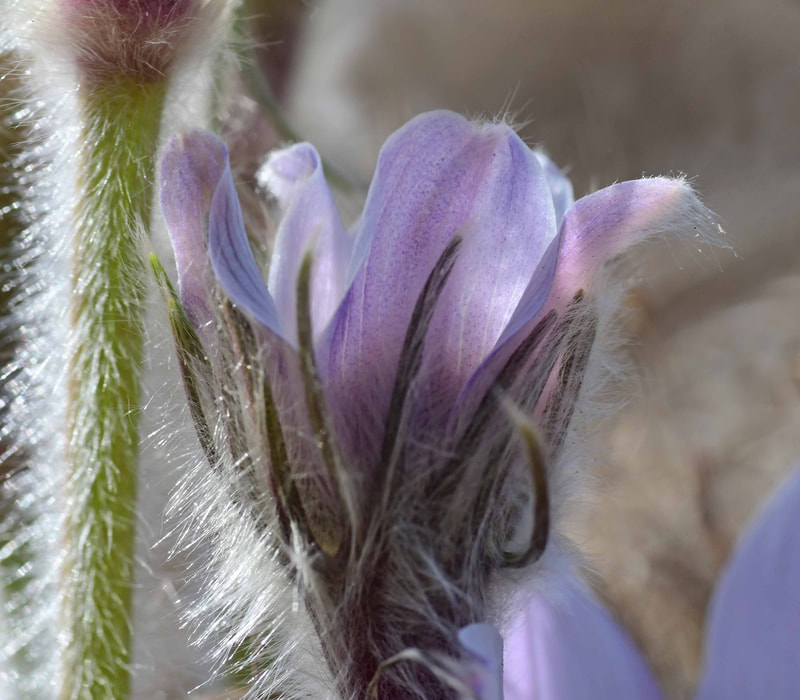
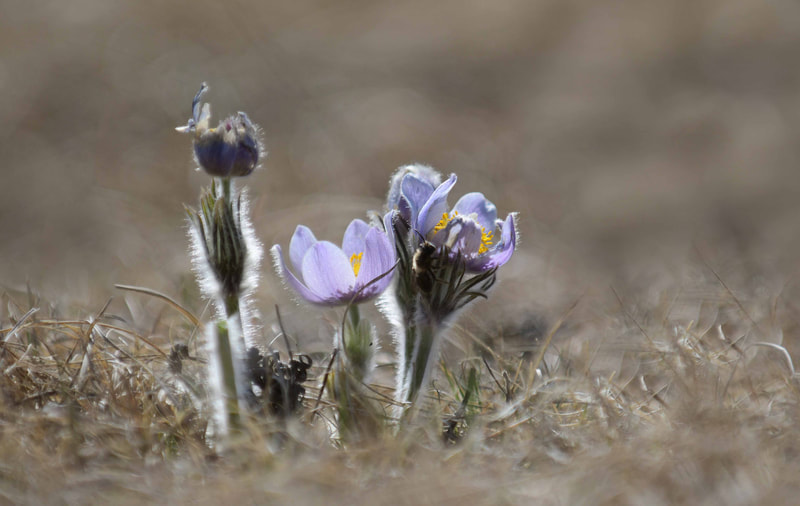
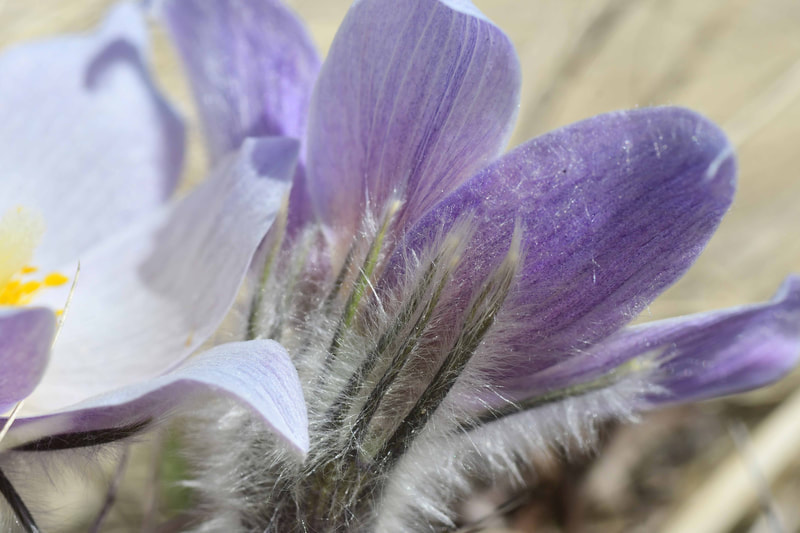
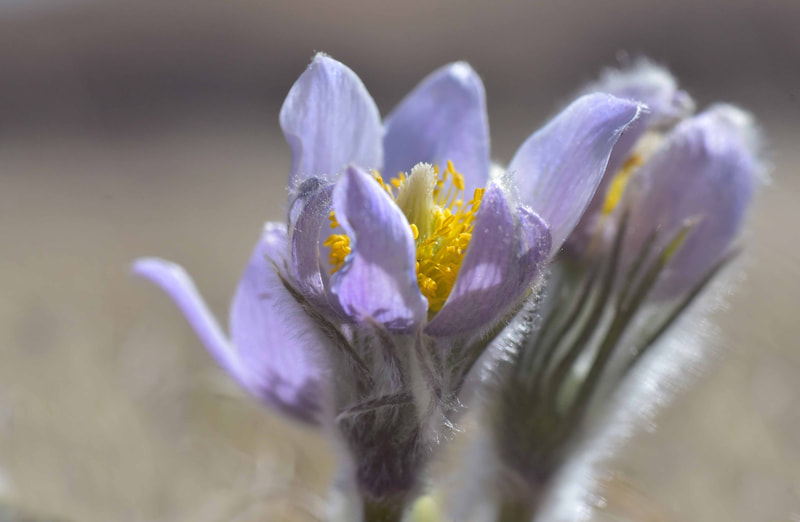
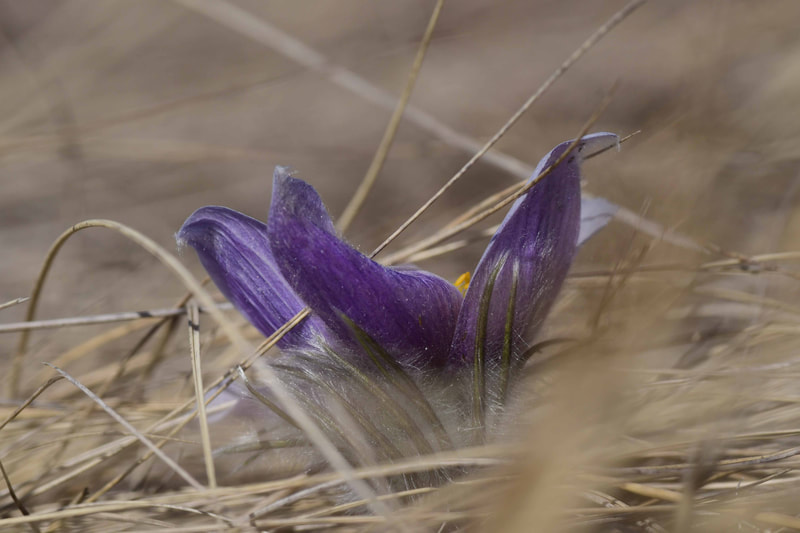

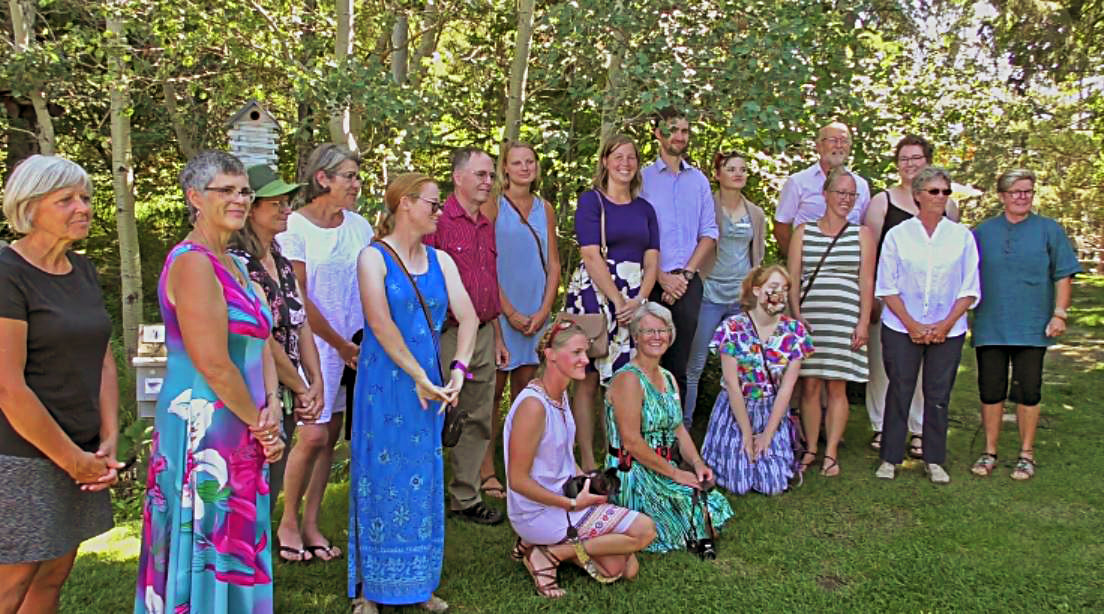
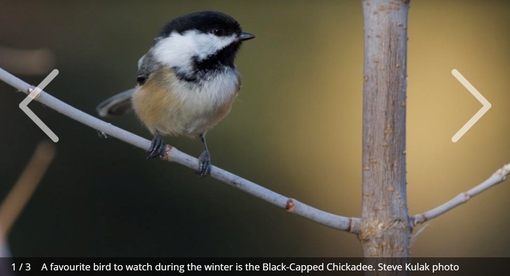
 RSS Feed
RSS Feed



15/8/2022
0 Comments